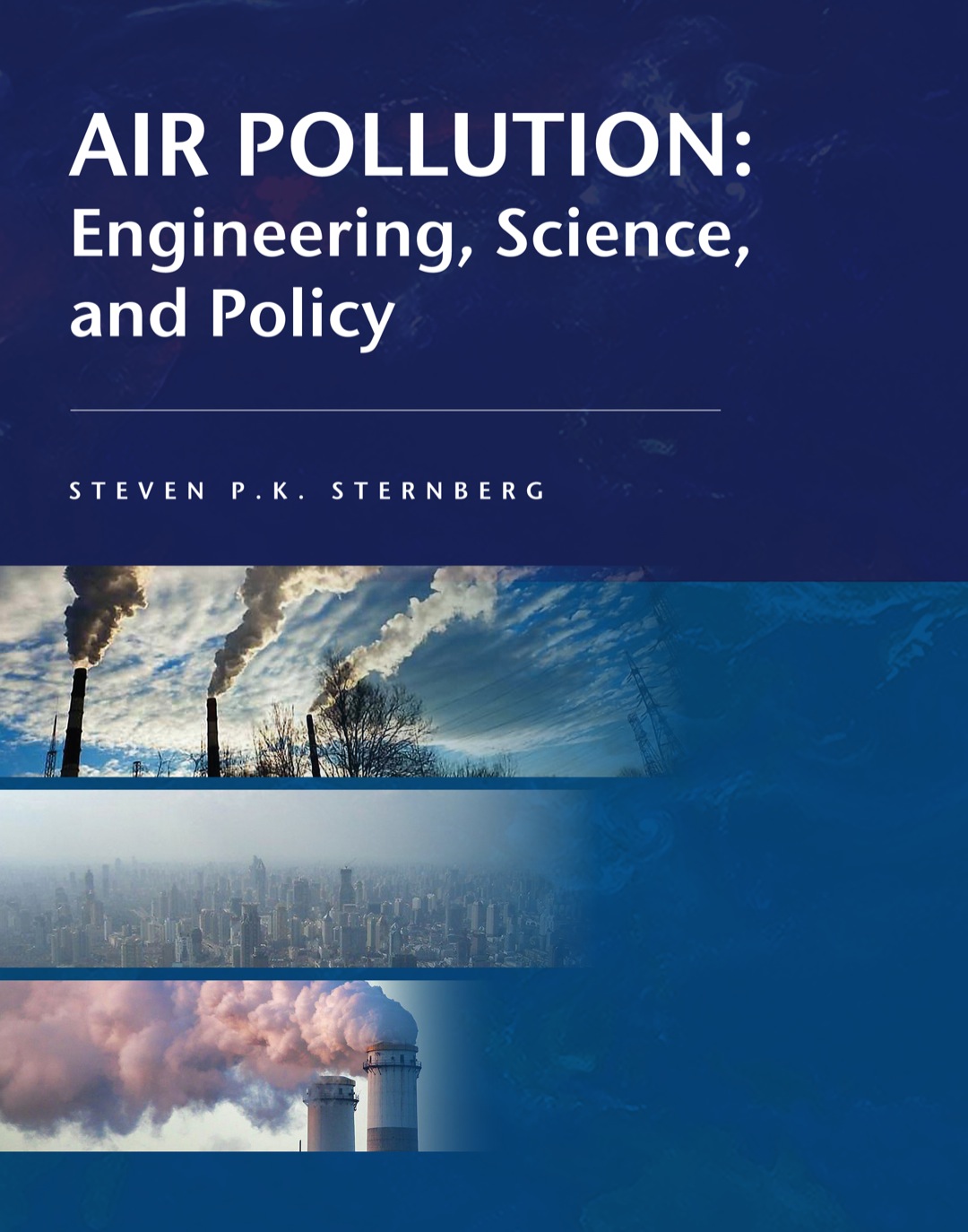Air Pollution: Engineering, Science, and Policy explores the sources and sinks, health effects, regulatory methodologies, history, and control technologies for air pollution. The book discusses the science of what is known about each pollutant–the natural and anthropogenic sources; what happens to it once it is released into the environment; and the ultimate fate of the release. The text is aimed at upper level undergraduates in the sciences and engineering who have completed courses in general chemistry, general physics, and calculus. It provides the background (or review) information needed to help students that have not had (or have forgotten) courses in problem solving calculations, mass and energy balances, particle technology, fluid mechanics, meteorology, dispersion modeling, and green engineering. Chapters are organized by the physical and chemical nature of the pollutants, which determines the technologies useful for their control. The book includes chapters on each of the US Clean Air Act criteria air pollutants (particulate matter, sulfur oxides, nitrogen oxides, ozone, carbon monoxide, and lead). Additional topics include mercury, reactive carbon (methane, volatile organic compounds), indoor air quality, hazardous air pollutants, mobile sources, stratospheric ozone depletion, and carbon dioxide induced climate change. Each section also explores the impacts of control technologies on society, industry, and the local, regional, and global atmosphere.
Air Pollution: Engineering, Science, and Policy 1st Edition by Steven P.K. Sternberg and Publisher College Publishing. Save up to 80% by choosing the eTextbook option for ISBN: 9781932780086, 1932780084. The print version of this textbook is ISBN: 9781932780079, 1932780076.











